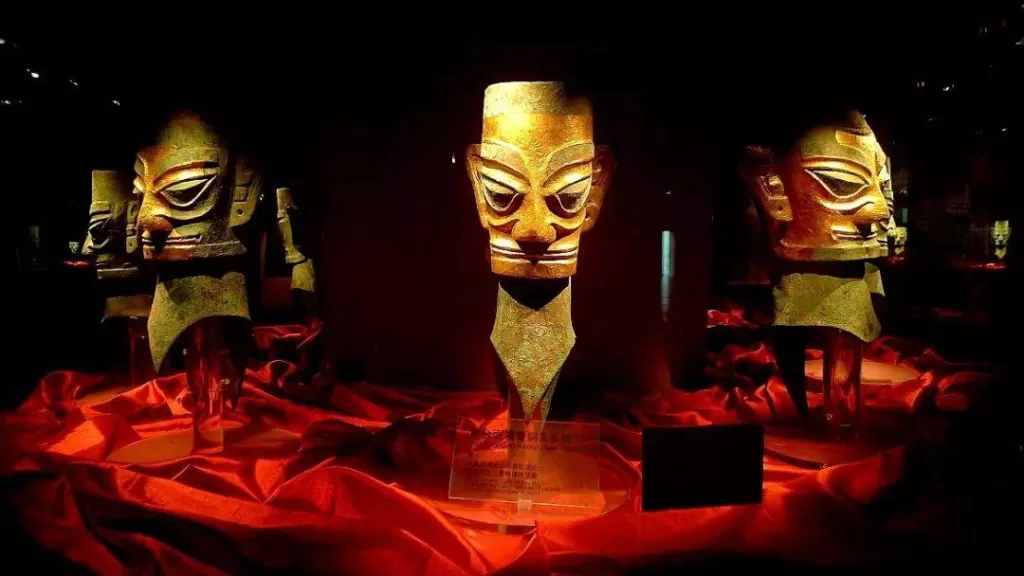The Ancient Shu Civilization was a remarkable and enigmatic culture that thrived in the region of present-day Sichuan, China, during the Neolithic period. Flourishing between the 4th and 2nd millennia BCE, the Shu civilization has left behind a rich archaeological legacy that sheds light on their social, cultural, and technological achievements. Despite its relative isolation from other major ancient Chinese civilizations, Shu developed its unique identity and made significant contributions to the overall Chinese cultural landscape.
The heartland of the Shu civilization was the fertile Chengdu Plain, encompassing the upper Yangtze River basin. The area’s abundant natural resources, including fertile soil, mild climate, and favorable geographic conditions, facilitated the growth of an advanced agricultural society. The early Shu people mastered techniques such as irrigation and terraced farming, allowing them to cultivate a variety of crops, including millet, rice, and hemp.
Artifacts discovered at various archaeological sites reveal the Shu people’s proficiency in pottery-making. They crafted distinctive black pottery adorned with intricate designs, representing animals, human figures, and geometric patterns. The Shu also developed sophisticated bronze-casting techniques, producing finely crafted ritual vessels, weapons, and ornaments. These artifacts demonstrate their artistic skills and a well-established metalworking industry.
The Shu civilization had a complex social and political organization. Excavations at the Sanxingdui archaeological site unveiled an elaborate system of fortified settlements, suggesting a hierarchical society. It is believed that the Shu society was led by a powerful ruling elite, potentially a hereditary monarchy, as evidenced by the presence of lavish burials containing precious artifacts and sacrificial offerings.
Religion played a significant role in Shu culture. The Shu people held animistic beliefs and worshipped various deities associated with nature, fertility, and ancestral spirits. Archaeological discoveries reveal the existence of sacrificial altars, religious artifacts, and evidence of ceremonial rituals. The sacred and ritualistic nature of these practices highlights the spiritual worldview of the Shu civilization.
The downfall of the Shu civilization remains a topic of debate among historians. Around the 2nd millennium BCE, the region experienced a series of natural disasters, including earthquakes and floods, which might have contributed to the decline of the civilization. Additionally, there is evidence of potential conflicts and invasions, possibly from neighboring cultures or nomadic tribes. The precise reasons for the Shu civilization’s decline and its ultimate assimilation into other emerging Chinese states are yet to be fully understood.
In conclusion, the Ancient Shu Civilization in China was an advanced and culturally distinctive society that flourished in the region of Sichuan during the Neolithic period. Through their agricultural prowess, artistic achievements, technological advancements, and unique script, the Shu people made enduring contributions to the rich tapestry of ancient Chinese civilization. Despite its eventual decline, the legacy of the Shu civilization continues to captivate scholars and offers valuable insights into the diversity and complexity of ancient Chinese cultures.

